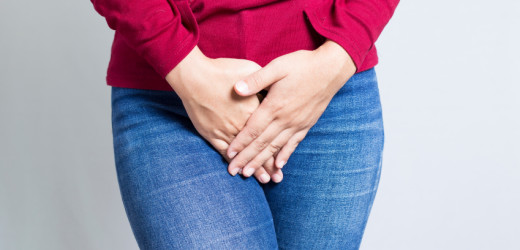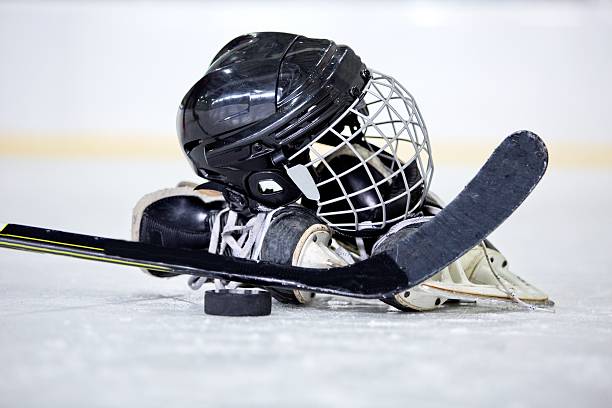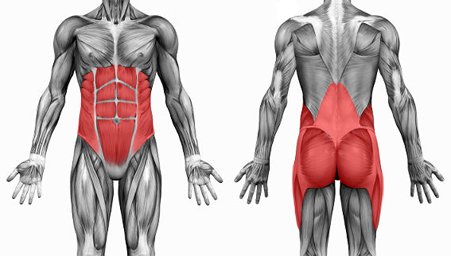Also called Interstitial Cystitis, Painful Bladder Syndrome is a condition of chronic pain in bladder, pelvic floor, lower abdomen and low back that has persisted > 6 weeks with no infection present. Urinary frequency and urgency are 2 additional symptoms. The average person urinates 7 times per day or every 2-4 hours. With Painful Bladder Syndrome, a person may go to the bathroom every 30-60 minutes. Urinating tends to be painful and incomplete. There is also an increased sense of urgency to get to the bathroom. While there is usually not any incontinence, there is an uncomfortable sense of urinary urgency. Women are 2-3 times more likely to suffer from this syndrome and there are many variables that may contribute to the pain syndrome including irritating foods and drinks, stress and dehydration.
Physical Therapy can help! If someone has been diagnosed with Painful Bladder Syndrome or Interstitial Cystitis, an evaluation by a specially trained PT should be performed. In this exam the PT is assessing for pelvic floor dysfunction including weak and/or tight muscles of the pelvic floor, reports of urinary frequency and urgency, reports of constipation or painful bowel movements, reported pain with intercourse and unexplained pain in pelvic region, bladder and lower back. Tightness, spasming and trigger points may be found in the 3 layers of pelvic floor muscles. These trigger points may refer pain to the bladder, low back or lower abdomen. Through soft tissue mobilization, the muscles can be restored to a normal state and Painful Bladder Syndrome symptoms can be reduced.
The treatment for painful pelvic dysfunctions differs from urinary incontinence issues. Treating a painful pelvic floor involves relaxing and lengthening the muscles of the pelvic floor whereas incontinence issues are treated with strength training. For someone experiencing a lot of pain from tight muscles, strengthening becomes part of the problem, not the solution.
To learn more about what PT can do for you, here is a helpful information from the Interstitial Cystitis Association. Read on…




